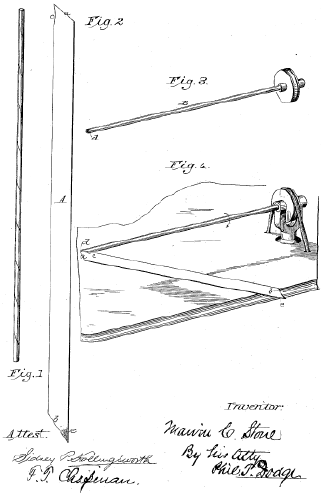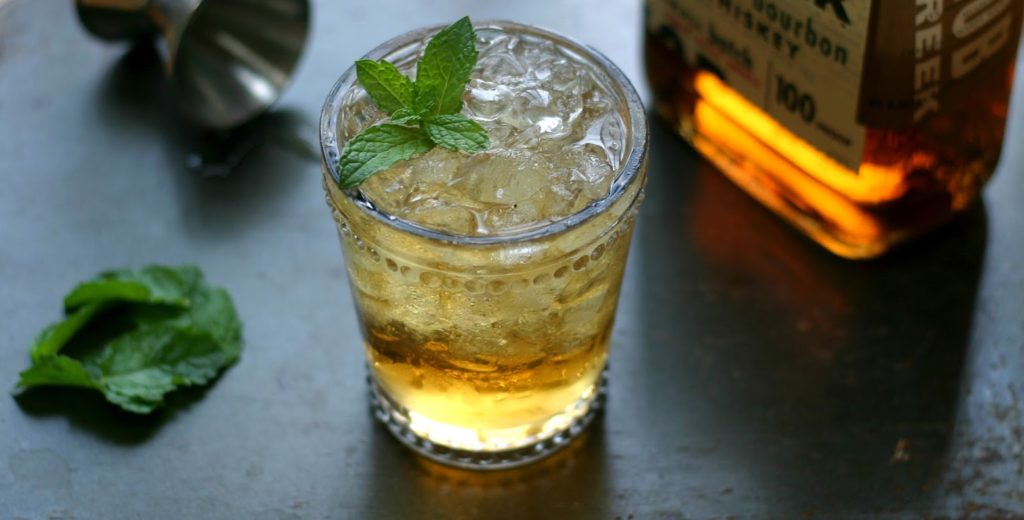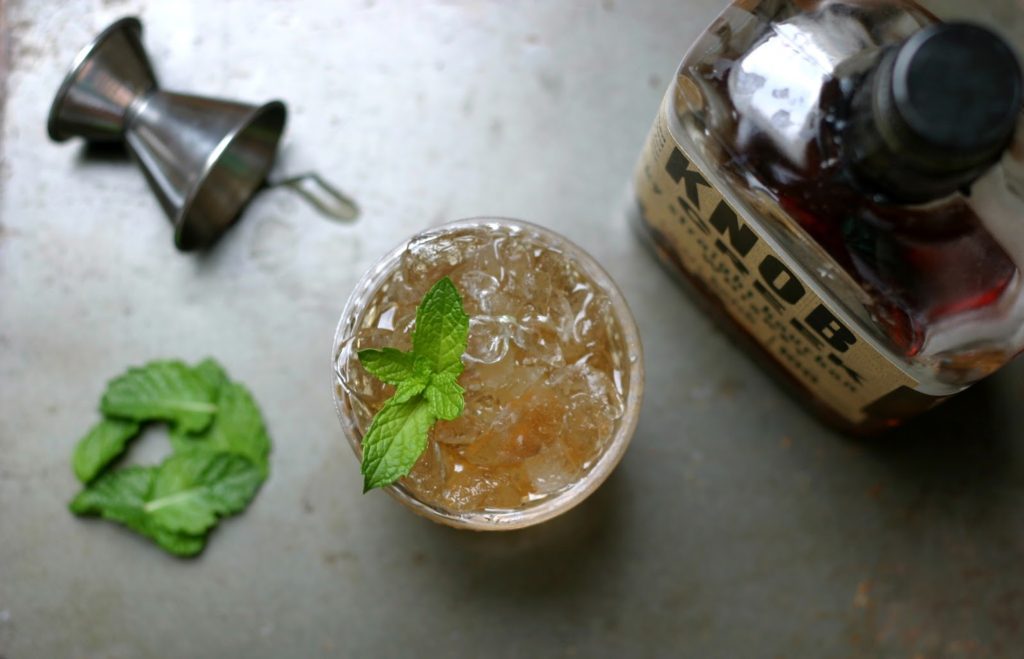The Mint Julep is, of course, the iconic drink of the Kentucky Derby. I had never watched the Kentucky Derby until this year – a great choice, since American Pharoah went on to win the Triple Crown. I didn’t realize how short the actual derby is! A derby party involves an awful lot of pre-gaming. Not that I’m complaining. It explains why drinking lots of Mint Juleps is such a big part of the day.
To be honest, this sweet, strong cocktail isn’t one of my all-time favorites. I’d prefer some citrus to balance it out, so I’d go for a Whiskey Smash instead. But the Mint Julep is definitely a good one to have in your repertoire. It’s a situational sort of drink; when the occasion is just right, it’s delicious.
I got this recipe from a friend from Kentucky, who says it’s the recipe from the Seelbach Bar in Louisville. He made them during the derby this year. I reduced the amount of simple syrup because I found it too sweet when I made it myself. I also eliminated a splash of water, since the ice seems to melt fast enough (especially when you’re trying to take pictures).
History: The word “julep” comes from the Persian word gulab, julab in Arabic, referring to a sweetened rose-water that was believed to be medicinal. As the drink spread to the Mediterranean, mint was added. From here, things get a little fuzzy. The drink made its way through Europe, and at some unknown point, alcohol was added.
The julep also made its way to the newly-independent United States, either via Europe or the Caribbean. Mint Juleps became exceptionally popular in the south, particularly Virginia and Kentucky. Drinking them in the morning, booze and all, was considered healthful. In 1787, the magazine American Museum wrote: “An Ordinary Virginian rises about six o’clock. He then drinks a julep made of rum, and sugar but very strong.” Early juleps were probably made with a variety of spirits including rum and Cognac. In the 19th century, bourbon became the most common and affordable spirit in the U.S., and it became used instead.
In the early 1800’s, Kentucky Senator and Secretary of State Henry Clay supposedly brought the cocktail to Washington D.C., where he would drink them with his colleagues at the Willard Hotel’s Round Robin Bar. Its rising popularity there had an important consequence: the invention of the paper drinking straw. A fellow named Marvin C. Stone was drinking a Mint Julep in D.C. through the typical straw of the time: a literal piece of straw, made from rye grass. He thought the taste of the rye was ruining the flavor of his julep and decided to do something about it. He wrapped some paper around a pencil, glued the ends together, slid it off, and the paper straw was born. He later began coating the paper in wax to make it more waterproof and protect the glue from dissolving. He patented his invention in 1888.
 |
| A figure from Martin C. Stone’s drinking straw patent. |
But what about the julep cup? A Mint Julep is properly served in a sterling silver tumbler. This cup is meant to be held from the top or the bottom, so that the crushed ice in the drink can make the outside frost over. These cups were awarded as prizes at country fairs pretty early on, and there’s an oft-quoted mention in an 1816 issue of the Kentucky Gazette of them being given as prizes for horse races. Why they are so specifically used for Mint Juleps, I’m not sure.
The final piece of the Mint Julep’s history is its association with the Kentucky Derby. Mint Juleps were served at Churchill Downs during the derby as they were at many racetracks, but the introduction of souvenir julep cups in 1938, sold for 75 cents, is probably what cemented the Mint Julep’s starring role on Derby Day.
Mint Julep
2 oz. bourbon
3/4 oz. mint simple syrup*
Crushed ice
Combine bourbon and simple syrup in a rocks glass or fancy-shmancy julep cup. Fill with crushed ice and garnish with a sprig of mint.
*Mint simple syrup: Combine equal parts sugar and water in a saucepan and simmer until sugar is dissolved. Add a generous handful of mint and stir. Let steep for 15 minutes. Strain and chill in the refrigerator until cool (about 3 hours).







